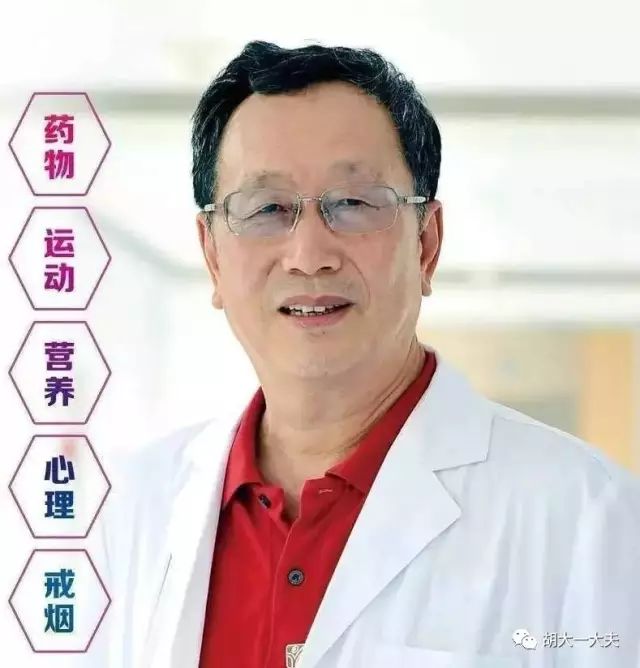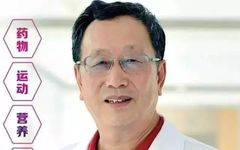

The foundation of clinical medicine is diagnostics. Accurate diagnosis is essential for effective treatment (though not necessarily completely effective, as follow-up and individualized safe and effective treatment plans are needed). However, if the diagnosis is incorrect, effective treatment is impossible.The basis of diagnostics is symptomatology, and obtaining symptoms (the patient’s complaints of discomfort) can only be achieved through systematic and thorough questioning.
Patients primarily express discomfort based on physical sensations, often overlooking psychological and sleep disorders; the purely biomedical model also affects patients’ understanding of the interaction between body and mind.
Since awakening in 1995, I have proposed and practiced the exploration of “Dual Heart Medicine,” gradually enriching the traditional content of inquiry, advocating for five aspects of questioning, known as the “Five Questions”.
The first question is about symptoms, the second about mood and sleep, the third about work and life experiences and events, the fourth about personality, and the fifth about the history of diagnosis and treatment of pain and the current efficacy and issues (many patients have experienced inappropriate or excessive diagnosis and treatment due to the limitations of the purely biomedical model and the profit-driven nature of healthcare).
Medicine is the study of “people”; only by deeply understanding the “people” tormented by pain can we respect patients’ feelings and empathize with their suffering. The physician treats the disease but saves the heart; prescribes medication but provides compassion.
The current highly centralized monopoly of medical resources has led to overcrowding in large cities, major hospitals, and specialty centers. Doctors may need to see 30-50 patients in half a day, leaving no time or possibility to control the fundamental aspect of diagnosis—questioning. Symptomatology has been “alienated” into “imaging plus laboratory tests”; questioning is reduced to a few words, looking at CT scans and test or physical examination results to make diagnostic and treatment decisions. If there is narrowing in coronary CT, angiography is performed, and if narrowing exceeds 70%, a stent is placed. For atrial fibrillation, an ECG leads to a recommendation for radiofrequency ablation surgery; ventricular premature beats are also ablated; if there are long pauses at night on a Holter monitor, a pacemaker is implanted; even more, for atrial fibrillation patients, a “one-stop service” designed for convenience actually serves to generate revenue, combining “ablation + left atrial appendage occlusion + pacemaker.”
The medical service model urgently needs to be “decentralized,” strengthening the foundation and implementing hierarchical diagnosis and treatment, allowing major cities and specialized hospitals to focus on complex, difficult, and critical cases. Common diseases and frequently occurring conditions should be diverted to secondary hospitals and community healthcare institutions. In medical education and the training and assessment mechanisms for doctors, we must return to humanity, return to clinical practice, and return to the basics!
Change unhealthy lifestyles, fully implement non-medical interventions, and comprehensively apply individualized five major prescriptions—medication, exercise, nutrition, psychological sleep, and smoking cessation and alcohol limitation.
Hu Dayi’s Health Maxim
Eat until 80% full, walk 10,000 steps daily
Hu Dayi’s Five Major Prescriptions for Chronic Disease Health
Medication prescription
Exercise prescription
Nutrition prescription
Psychological (sleep) prescription
Smoking cessation and alcohol limitation prescription
Hu Dayi’s Three-Character Classic for Health
Control your mouth Move your legs
No smoking Drink more water
Good mindset Don’t be greedy
Get enough sleep Don’t overwork
Help others Inner beauty
Harmony at home Live to a hundred

